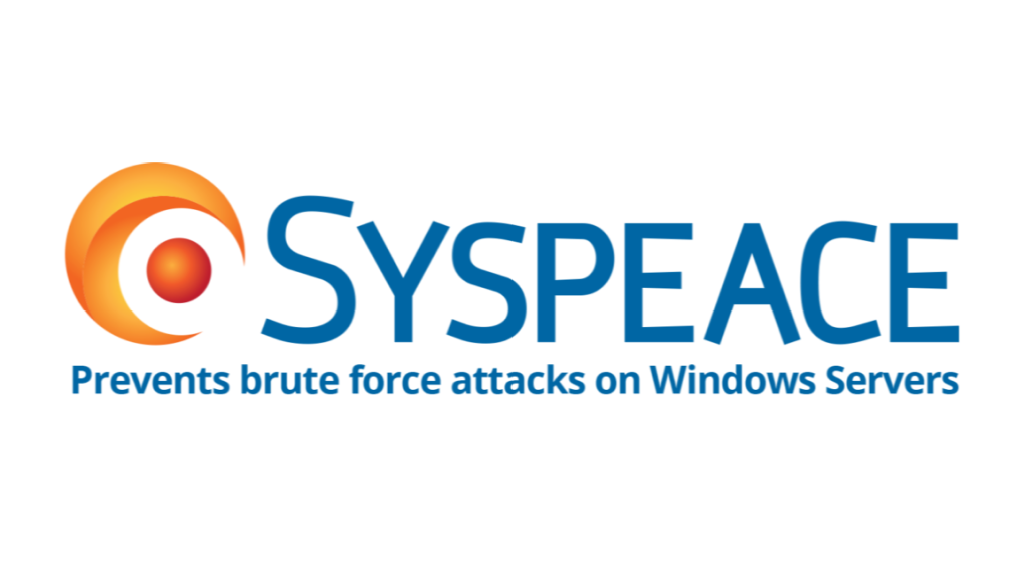4 Awesome Tips to Run a Successful Computer OPS Center Business
An OPS Computer Center provides diverse IT operations and functions to help other organizations manage, maintain, and handle their day-to-day IT operations. The aim is to augment their IT infrastructure while focusing on improving business requirements and maintaining operational stability.
OPS Computer center operations range from administrative processes such as support for software and hardware, network administration to device management, mobile contracting, infrastructure management, help desks, and quality assurance.
To build a thriving computer OPS center, we must leverage innovative solutions, practices, and processes to stand out from the crowd. Such an organization should be agile and able to adjust to rapidly shifting demands. However, we must consider many more critical decisions and elements to build a well-run Computer OPS center for tremendous growth.
1. Establish Standardized Processes
Process standardization is about establishing rules that govern how people within an organization complete tasks or sequence tasks. Every business operation consists of tasks to be completed on a daily, monthly, or yearly basis. No matter the approach, every task also requires rules to define the quality, scope, and methods to follow. When we run a business without standardized processes, it becomes challenging to maintain visibility, ensure quality or reduce human error.
Therefore, the lack of standardized processes is simply a recipe for chaos and confusion. Instead of focusing on delivering an excellent job; our teams will spend more time trying to figure out the company’s objectives and the best approach to use. This means there will be many inconsistencies across the organization, making it difficult to track performance or spot errors.
In contrast, Standardization will enable clarity and eliminate the need for guesswork. Our teams will have pre-defined optimized standards to guide their work which in turn decreases their workload. They can quickly master the process, refine their skills, set about doing their work, and know that they deliver excellent work. This will, in turn, boost their morale.
To further improve IT operations processes, consider the following proven methodologies, which can help our teams manage, prioritize and delegate multiple tasks while decreasing the amount of friction caused by the ongoing, rapid nature of IT operations.
- DevOps helps IT operation teams respond to a fast-paced agile development environment. It also fosters cross-team communication and collaboration by offering a robust approach to project management.
- Kanban helps the IT operations teams achieve higher efficiency and communication through a streamlined task scheduling system for better productivity and greater visibility across projects.
- IT service management drives improving information systems to achieve higher customer value.
- IT Infrastructure Library (ITIL) is a framework outlining practices that can help us streamline day-to-day operations.
2. Create a Role-Based Organization
Running an OPS Computer center as a role-based organization eliminates confusion and enables teams to deliver better results faster. Role-based organizations offer quality work at a lower cost because our people will self-organize more quickly, without needing to be told’ what’ and’ how’ to carry out tasks.
A role-based organization would be particular about the rules of play’ and required outcomes across all aspects of the business. It would ensure we hire the right people with the right capabilities to meet the demands of our computer center. This will reduce the dangers of neglecting critical functions required to build a successful business. We will also be able to identify and address employee weaknesses from the onset.
It would also ensure that role relationships or collaboration between employees are productive. That way, we can have designed levels of accountability and authorities as well. This will, in turn, reduce redundancies and confusion and help boost operational efficiencies.
Clearly designed roles and responsibilities will also empower our people to give their best and engage in more focused work. That way, employees will face lesser stress, prevent burn-out leading to happier employees.
Subsequently, having happy employees means they will dedicate more to excelling in their roles and perfect customer service. In reality, excellent customer service is a logical result of a team with higher output quality, improved productivity, and better morale.
3. Invest in State-of-the-art technology
We must also leverage the right technologies to support our standardized and role-based systems. At the forefront is the need to leverage digital transformation to do more than maintain our current IT infrastructure. Avoiding the need to transition from legacy systems might seem like a great way to save money, but it actually means we are losing money.
With digital transformation, we can improve visibility across the entire IT infrastructure, reduce IT complexity, and maximize efficiency. It can also increase our ability to make preemptive and immediate corrective actions to mitigate risks.
Currently, there are many current trends such as artificial intelligence (AI), serverless computing, digital diversity management, edge computing, and predictive analysis that will redefine our clients’ services.
For instance, Serverless computing is expected to eliminate the need for infrastructure management and provisioning in the future. Integrating AI will heavily impact infrastructure and operations such as predictive analysis and failure recognition, allowing organizations to leverage faster IT operations without hiring more people. AI will also help us evaluate new and existing customers and markets to improve our services further.
Along with automation and orchestration, AI integration is also expected to bring forth impressive results in network speed in the coming years.
There is also an expected trend that enterprises may shut down their traditional data centers in the coming years, creating complications and opportunities.
All this shows the need to rethink our business models and processes to attain digital transformation. Other notable areas to upgrade business technology include:
- Running the latest operating systems – this will enable employees to leverage a host of new apps and programs that OS service providers create from time to time.
- Leverage better security measures: We must also implement robust security measures and policies to boost reputation. One crucial aspect is installing security patches as soon as they are released to reduce cyberattack surfaces.
- Update hardware technology – Old computers and other IT equipment might become incompatible and reliable with new operating systems and applications, which can bring a new level of frustration to our work environment. Old equipment might seem like a great way to save money, but they require more maintenance, and there is a potential risk of crashes which can cause downtime and subsequent loss of revenue.
- Paper documents are inefficient: Invest in cloud-based storage for storing documents. These services will also give us 24/7 availability to our valuable records. Investing in document management software will also help with security by helping us set up simple user and group permissions to inhibit users from accessing documents they shouldn’t have access to.
- Network investments: Invest in a high-speed network connection that is available 24/7 to allow employees to finish their work faster. This will drive productivity and minimize interruptions.
In the coming years, digital transformation will determine the continuity and sustainability of any business, especially brands directly involved in IT operations like Computer centers. Therefore, we need to attain digital transformation to effectively penetrate new markets, grow our organization and stay one step ahead of the competition.
4. Package Tools and Services to Increase Value
We must look at the move towards digital transformation as opportunities in the making. Such activities can help us redefine our services into IT operation solutions and packages to create a value-based culture that differentiates our brand from the crowd. However, we must also take the extra steps to differentiate our brand by providing a higher level of service. Here are some examples of tools and services we can offer to drive up value:
- Incident management: We can offer the services to help businesses handle the lifecycle of incidents. Incidents refer to unprecedented events that are not part of normal operations and may disrupt operational processes. By offering incident management solutions and tools, we can work on behalf of organizations to resolve any issues and mitigate downtime as quickly as possible.
- Problem management: In this case, we can offer services to help businesses become proactive about IT incidents. This includes analyzing previous incident reports and providing guidance to minimize the effects of incidents and prevent a significant number of them from happening.
- IT operations control: We can also offer IT operations control to help organizations monitor and manage their IT infrastructure and services. This would include monitoring and managing day-to-day routine tasks related to infrastructure components and applications, backup and restore activities, output management, job scheduling, and routine maintenance.
- Technical consulting services to provide expertise and guidance on the application of technology such as designing new technology, redesigning, migrating, or integrating new technology. Some technical consulting services include redesigning computer centers for cloud computing, automation, consolidation, and virtualization.
- Facilities management solutions: We can offer to help organizations manage their entire physical IT environments. This would include physically maintaining and managing the environmental, heating, cooling, and power of IT infrastructure on behalf of an organization.
- Technical management: This involves offering technical expertise and services to help businesses maintain and improve their IT infrastructure.
Concluding Thoughts
Building a thriving OPS Computer center demands a great deal of planning. It is vital to assess emerging trends, create standardized systems and package our tools and services to offer immense value to our customers.
We must not also forget the need to implement proven methodologies and practices to drive optimum efficiency and productivity.


